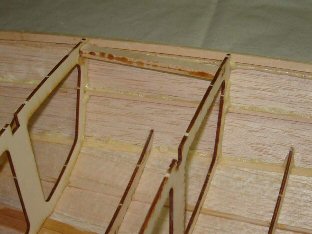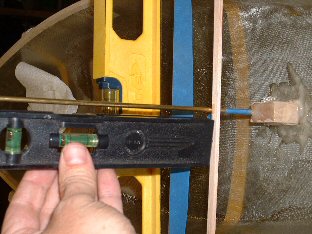Racy SUPER MODELS - radio controlled model yacht racing Boat/US Magazine:
"Racy SUPER MODELS - radio controlled model yacht racing
Boat/US Magazine, May, 2000 by Elaine Dickinson
With the pop of the starting gun, all hands flew into action. Rudders strained to tack sharply and get on the favored side of the racing course; sails were trimmed tight as a drum to eke every last iota of speed out of the wind; waves slammed into bows and washed clear over the decks. And as the fleet raced toward the first turning mark, the atmosphere intensified and nervous fingers grabbed the toggle switches for additional maneuvering.
Toggle switches?
Model yacht racing, or 'RC' racing (for 'radio controlled') is what gets many boaters through the winter. It keeps the adrenaline flowing from the thrill of competition, albeit on a small scale. But, like boating, it offers camaraderie and fun that's easily accessible to anyone with working fingers and enough charged up AA batteries for an afternoon of sailing.
Thinking small is easier on the bank account as well. The outlay for a ready-to-sail RC boat is usually in the hundreds of dollars, not thousands. Access to the water is as simple to find as a quiet pond at a local park. Some cities have even built special yacht racing ponds, such as San Diego, because it's such an eye-catching attraction.
Advertisement
'Model racing is less of a commitment in terms of time as well as money,' said Dick Rutledge, a BoatU.S. member from Houston who is also the national vice president of the American Model Yacht Association (AMYA), the all-volunteer organization which sanctions classes of RC boats and all official races. 'I can have my model loaded and on the water in 20 minutes.'
Rutledge and his wife Nancy are avid racers on Lake Conroe in Texas and compete in their full-sized 'people boat,' a Ranger 22. One day at the dock, one of their Ranger class friends was playing with a model yacht and handed the control box to Rutledge. 'I was hooked,' he said, and now travels throughout the U.S. to compete in the Star 45 and 36/600 class races. His wife is a top competitor as well. The Rutledges also belong to the Houston Model Yacht Club, one of 120 in the U.S. that organize local races."







